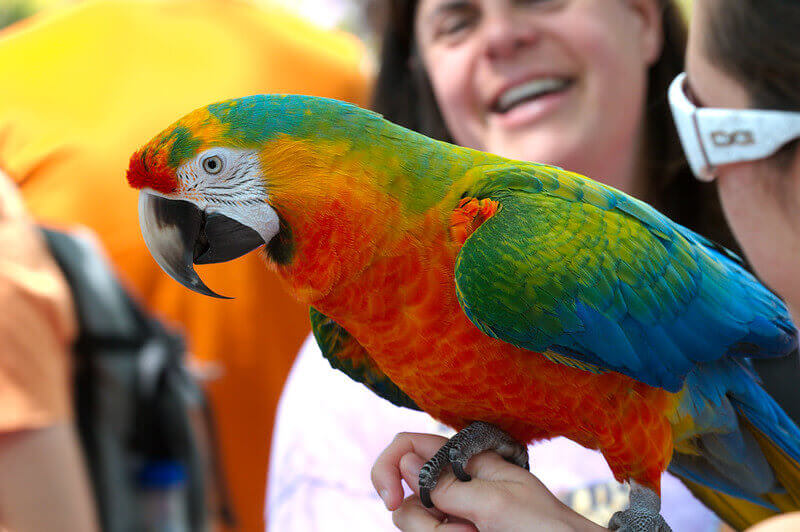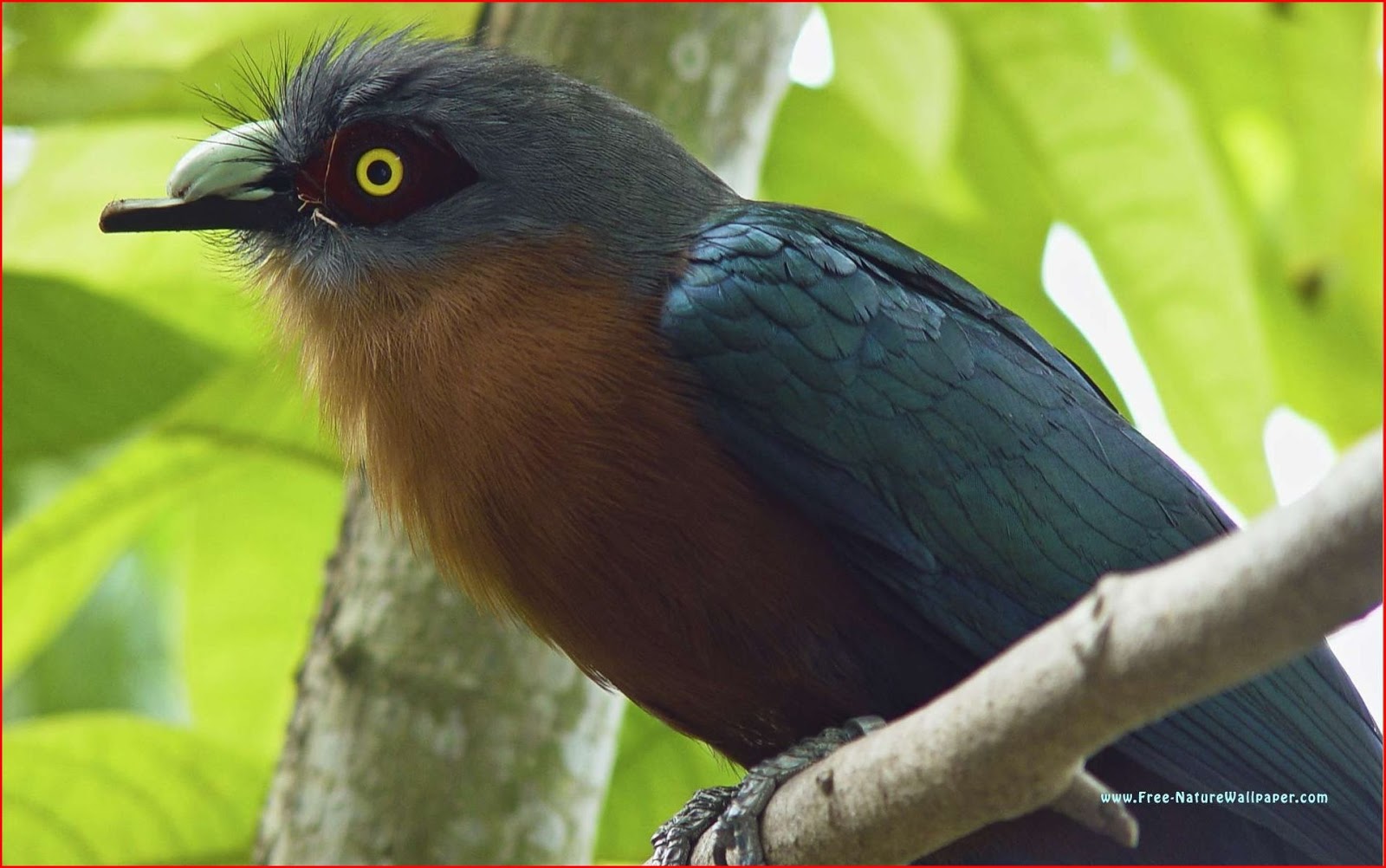

The same problem can affect people whose sleep is frequently interrupted.Īs a result, chronic sleep deprivation has been linked to numerous heart problems including high blood pressure, high cholesterol, heart attack, obesity, diabetes, and stroke.

Without sufficient nightly sleep, a person doesn’t spend enough time in the deep stages of NREM sleep that benefit the heart. These changes reduce stress on the heart, allowing it to recover from strain that occurs during waking hours. During the non-rapid eye movement (NREM) sleep stages, heart rate slows, blood pressure drops, and breathing stabilizes. Sleep is an essential time for the body to recuperate. Substantial evidence demonstrates that sleeping problems, including sleep deprivation and fragmented sleep, have negative effects on heart health. Does Sleep Deprivation Affect Heart Health? For the cardiovascular system, insufficient or fragmented sleep can contribute to problems with blood pressure and heighten the risk of heart disease, heart attacks, diabetes, and stroke.Īs a result, getting good sleep may help prevent damage to the cardiovascular system, and for people with heart problems, can be part of following a heart-healthy lifestyle. Sleep provides time for the body to restore and recharge, playing a key role in nearly all aspects of physical health. While it’s already well-known that factors like poor diet, limited exercise, and smoking can harm the heart, there’s a growing recognition of the dangers of sleep deprivation for heart health. Unfortunately, heart problems are a leading cause of illness and death in the United States. Responsible for pumping blood throughout the body, the heart powers the circulatory system that ensures that all the organs and tissues in the body get the oxygen they need. The Congo peacock has a plain neck and tail that is covered which is covered in 14 feathers.It’s difficult to overstate the heart’s importance to health. The Indian peacock is an elongated neck that is sparkling blue, while the green peacock has an iridescent green. There are three kinds of peacocks, the green one in the southeast of Asia as well as the Indian in the Indian subcontinent, and the Congo peacock which is found only inside the Congo Basin. And, of course, the most distinctive screaming. He sits on a branch of a tree and looks around as if he were the king. He could even fly with his feathers dangling behind him like banners. When you open your train and flash those gorgeous eye spots that sparkle with iridescence at a peahen the peacock doesn’t care if anyone else sees it or even predators that could devour him and kill him. The most strikingly gorgeous of birds Peacocks are the definition of cool. Despite their insane metabolisms, which are the most vigorous of all warm-blooded mammals Hummingbirds endure up to 12 years. for some males, the long tails generate the sound of a thrill, which announces the presence of potential partners and enemies. The male Anna’s hummingbird performs the courtship dive so forcefully that it generates 10g of force. They can also somersault, and fly straight up just like an aircraft and spiral. They can hover, can fly through the rain They can also fly side-to-side and backward. The most amazing thing about the Hummingbird is its aerodynamics. Certain birds flap their wings with 80 flaps per second and make that distinct Humming sound, which resembles that of an angry, large wasp. They range from simple birds to stunningly gorgeous birds sporting jewel-like plumage and long tails that culminate with feathery rackets. How are hummingbirds to be considered among the kinds of cool birds? They’re small and the tiniest bird on earth is the bee-hummingbird which is about 2 inches in length. The status of conservation is close endangered. Unfortunately, or perhaps fortunately for those who are insects or small vertebrates the loggerhead is now one of the rare birds due to habitat destruction and environmental pollution. The loggerhead shrike isn’t waiting to eat its meal, but simply grabs it with the neck and shakes it until death. This is a clever strategy because the insects that the bird consumes are poisonous and caching these insects in this manner allows the toxins to diminish. What is it that it does? It compensates for the difference in size and lack of talons by putting its prey with thorns, the twigs, and even barbed wire before devouring it as it pleases. It’s between 7 and 10 inches and does not have the talons of a hawk. The scientific name of the genus that the shrike is a part of is Lanius which is Latin meaning “butcher.” The shrike should be one of the coolest birds of the prey however, it’s not because it’s not a huge bird.

Shrikes are lovely birds, but not particularly showy with their colors of white and black as well as grey and brown plumage.


 0 kommentar(er)
0 kommentar(er)
